Teaching is a craft in which I constantly work to improve, and mentoring students is among the highest rewards of this vocation. Whenever possible, I recall John Steinbeck's wonderful essay on teachers and teaching. Below is a sample of the undergraduate anthropology courses I regularly teach at Miami University. (Please contact me if you are interested in a syllabus, other teaching materials, or would like to schedule a virtual visit with one of your courses.)
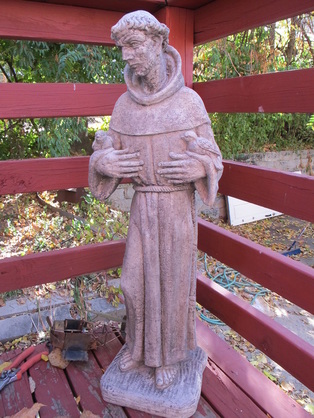
Anthropology of Religion: In this course students explore a wide range of ethnographic examples, glimpsing the amazing complexity of religious life across cultures. We consider debates about the category of "religion," and work with a range of topics, including: religion-secular entanglements, mediation, authority, religious experience, transnational religious networks, religion in diaspora, and the particular challenges of doing religious ethnography. We also examine questions of materiality in religious life: like this statue of St. Francis, which occupied a small porch corner at an urban Cincinnati ministry where I did some fieldwork for Emerging Evangelicals.
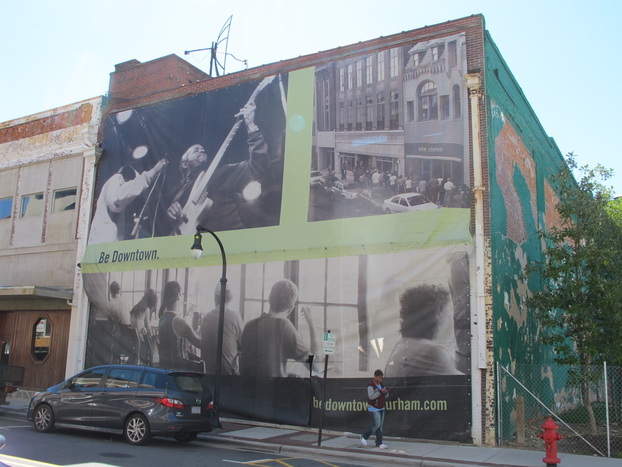
Cultural Diversity in the United States: This course allows students to think critically, comparatively, and ethnographically about cultural difference and change in the U.S. The course experiments with difference case studies each semester, such as: local food movements; Latino American migration; Native North America sovereignty and identity; cultures of entertainment; off-grid living; and, as expressed in this photo from downtown Durham, North Carolina, urban restructuring.

Peoples of the World: I teach this course as an introduction to the anthropology of globalization and transnationalism, driven by an ethnographic imperative. Students work with three areas of anthropological scholarship: tourism, global foodways, and transnational religious networks. For one paper, students do observation work on global food at their local Kroger, where they consider questions that emerge from familiar-made-strange oddities like shelves stocked with olive oils from across the world.
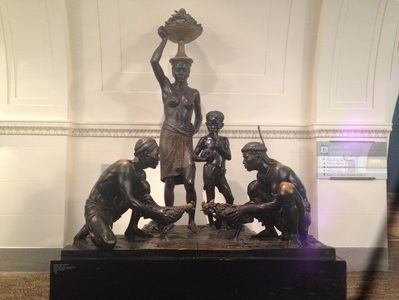
Foundations of Cultural Anthropology: In this course students engage major debates in anthropological theory. One debate that has been part of the course since its first iteration is that between interpretive anthropology and its many critics. We always begin with Clifford Geertz's classic essay on the Balinese cockfight. "Everything was dust and feathers." (I couldn't resist snapping this photo at Chicago's Field Museum in January 2014, a bronze sculpture of Balinese men readying their roosters for the ring by the artist Malvina Hoffman.)
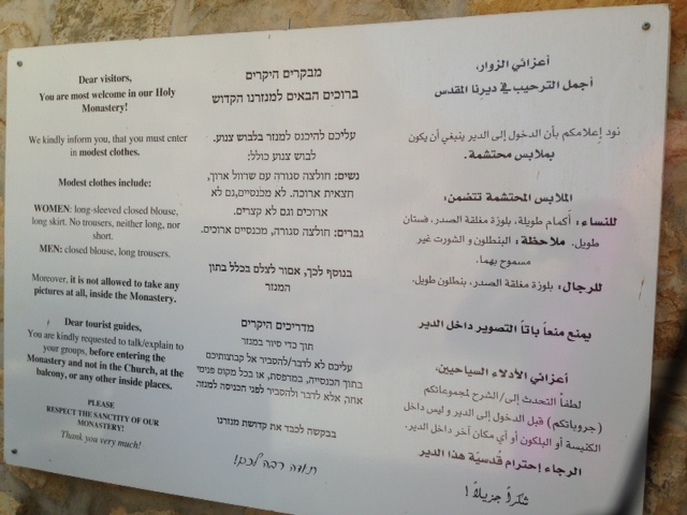
Travelers, Migrants, and Refugees: This course explores the cultural and structural realities of transnational border crossing. We use theory and ethnography to engage two broad themes: the intersecting journeys of tourism and pilgrimage, and cases of forced displacement. In this photo, taken outside the St. George Monastery near Jericho, Palestine, we see both travelers and tour guides being instructed by the site.
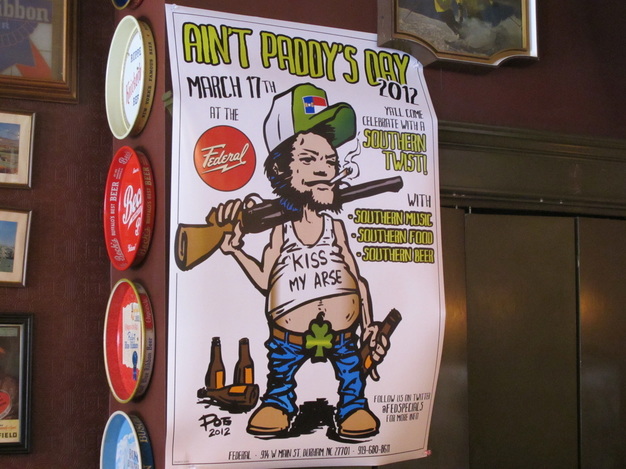
Language and Power: This linguistic anthropology course takes students into the ethnography of communication and the varied ways that relationships of inequality are reproduced and challenged through discourse. One topic we work with is the linguistic construction and performance of social class and whiteness. Consider the ideological work that is accomplished by cultural objects like this flyer from a restaurant wall in Durham, North Carolina.